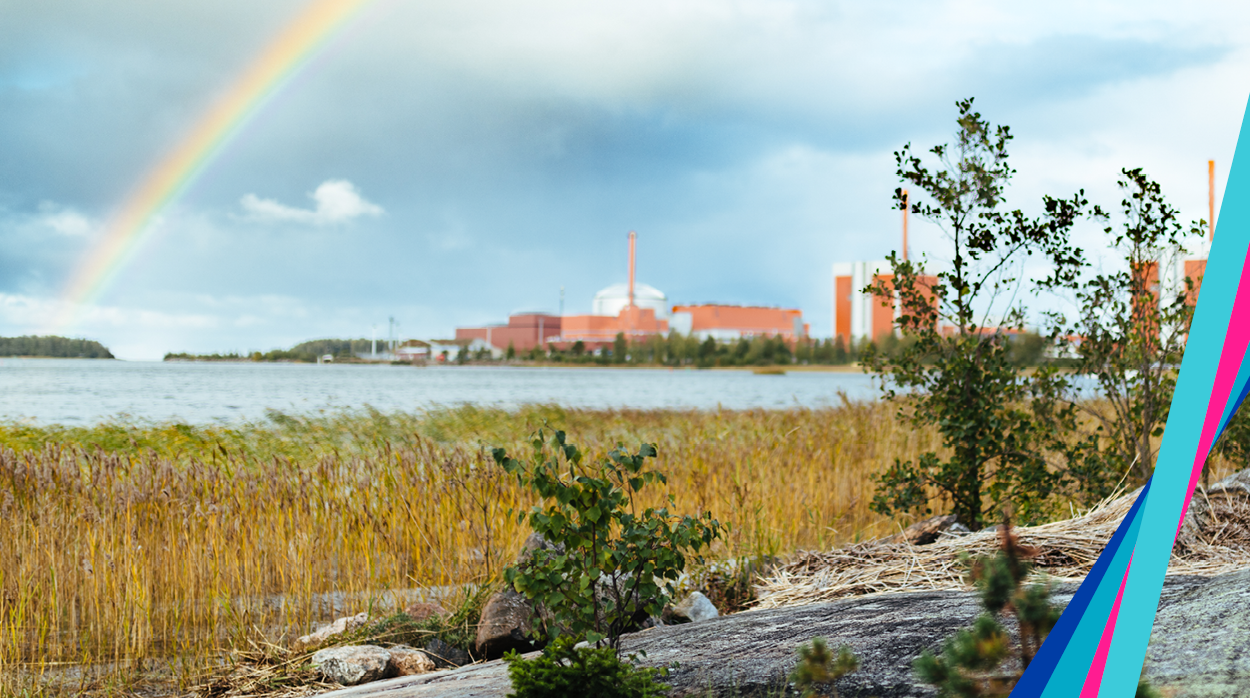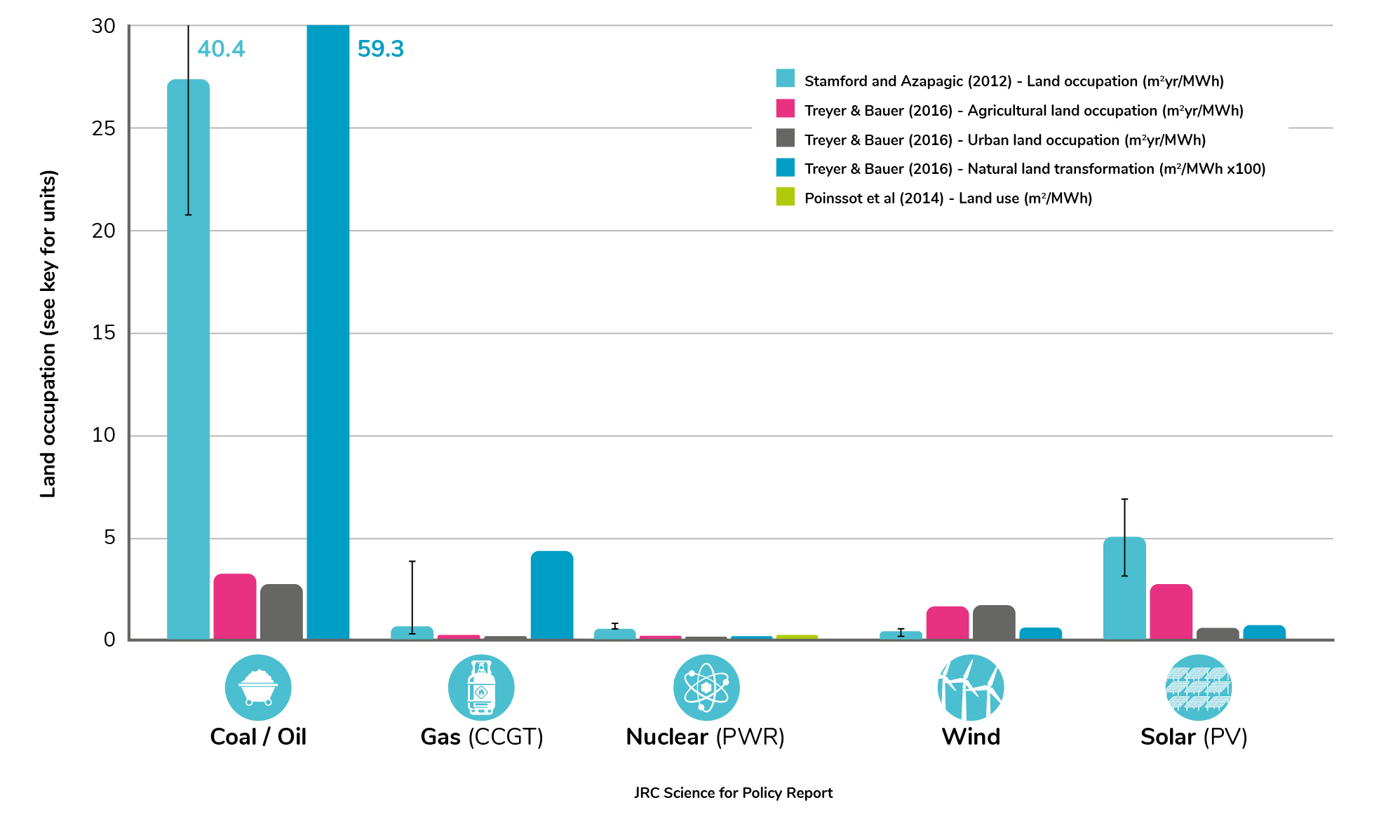The EU taxonomy assesses companies' eco-friendliness from six different points of view ─ impacts on biodiversity are also being considered
The European Commission continues the preparation of the EU taxonomy for sustainable economic activities. It is a classification system which may be used in the future to assess which economic activities are considered environmentally sustainable investments within the EU. The goal is to make it easier to identify genuinely sustainable investment targets, thereby promoting the transition towards a low-carbon economy.

The EU taxonomy assesses the sustainability of companies based on six different criteria:
• Climate change mitigation,
• Climate change adaptation,
• The sustainable use and protection of water and marine resources,
• The transition to a circular economy,
• Pollution prevention and control, and
• The protection and restoration of biodiversity and ecosystems.
The minimum requirement for inclusion in the taxonomy is to clearly promote at least one of the above criteria, and not to do significant harm to any of the criteria. The company must also adopt the labour and human rights principles of the UN, OECD and ILO. The aim is for the taxonomy to enter into force in the beginning of 2022. However, the assessment concerning the eligibility of nuclear power is not yet complete, and the Commission is expected to provide the final decision on the eligibility during 2021.
Reviewing the environmental impacts of nuclear power
The Commission’s Joint Research Centre (JRC) completed its report on the eligibility of nuclear power1 in March 2021. According to the JRC's report, it is clear that the generation of nuclear power significantly promotes the mitigation of climate change.
The JRC's report does not present scientific evidence for excluding nuclear power from the taxonomy – the report says that nuclear power does no more harm to human health or the environment than forms of electricity generation that are already included in the taxonomy.
The report further confirms that the life-cycle emissions of electricity generated by nuclear power are comparable to those of hydropower and wind power.
As regards the six criteria within the EU taxonomy, nuclear power also benefits from its small land use requirement.
Being able to produce a large amount of electricity across a small land area allows for areas to be preserved in their natural state elsewhere. The JRC's report examines nuclear power’s impact on ecosystems and biodiversity. The report states that the land use requirements for nuclear power are one of the smallest among the different means of electricity generation.
Land occupation

The report also assesses the impacts of human activities on biodiversity loss, that is, species extinction. The results indicate that the impacts of nuclear power are among the smallest of all production methods in this respect as well.
Biodiversity impact of land use

When examining the overall well-being of the environment, it is important to consider the impacts on biodiversity together with the climate impact. The report published by IPBES and IPCC in June 20212 states that human-made loss of biodiversity and climate change mutually accelerate each other. Therefore, the problems must be solved together and not separately. The JRC's report indicates that nuclear power is significant for climate change prevention and efficient in terms of land use. Both aspects are critical in achieving a sustainable future.
1JRC report: Technical assessment of nuclear energy with respect to the ‘do no significant harm’ criteria of Regulation (EU) 2020/852 (‘Taxonomy Regulation’)
2Tackling Biodiversity & Climate Crises Together and Their Combined Social Impacts", The United Nations, 9.9.2021
https://www.un.org/sustainabledevelopment/blog/2021/06/tackling-biodiversity-climate-crises-together-and-their-combined-social-impacts/
Text: Sofia Nelson
Photo: Tapani Karjanlahti
Graphs: JRC-report
Share